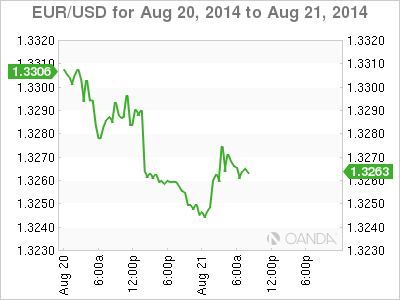Plaza Accord and the Devaluation of the US Dollar Traders Log
Post on: 10 Июль, 2015 No Comment

Posted By: TradersLog
Methods of regulating the foreign exchange market such as fixing currency values to a commodity such as gold, or setting maximum exchange rate fluctuations had proven to too rigid. After the regulatory mechanisms- such as the gold standard. the Bretton Woods Accord and the Smithsonian Agreement were no longer in place, the currency market was left with only the forces of supply and demand to guide it. Economic events such as OPEC oil crises, stagflation during the 1970s and severe changes in the US Federal Reserve s fiscal policy gave rise to a need for regulation.
These conditions led to the Plaza Accord, where on September 22nd 1985, finance ministers and central bank governors from the then G-5 nations- the United States, Japan, West Germany, France and the UK- gathered at the Plaza hotel in New York.
In 1985 inflation was low and growth was rapid. Low inflation allowed for low interest rates- however there was a threat of protectionist tarrifs entering the economy. The US was experiencing a large and growing trade deficit, caused in part by the rising dollar. Japan and Germany were facing large and growing surpluses. This imbalance threatened to upset the foreign exchange market. The 80% appreciation in value of the US dollar against the currencies of its major trading partners was seen as the source of the problems. A US dollar with a lower valuation would help stabilize the global economy- creating a balance between the exporting and importing capabilities of all countries. Devaluing the dollar made US exports cheaper for its trading partners, which caused other countries to buy more American-made goods and services.
The US persuaded the leaders to coordinate a multilateral intervention, designed to allow for a controlled decline of the dollar and the appreciation of the main antidollar currencies. Each country agreed to make changes in its economic policies and to intervene in currency markets as necessary to bring down the value of the dollar.
The US agreed to cut the federal deficit and to lower interest rates. Japan promised a looser monetary policy and financial-sector reforms, and Germany agreed to institute tax cuts. France, the UK, Germany and Japan agreed to raise interest rates.
Not every country fulfilled their agreements however. The US did not follow through on its promise to cut the budget deficit Japan was badly affected by the dramatic rise in the Yen- its exporters unable to remain competitive overseas.
The impact of the intervention was immediate and within two years the dollar had fallen 46% to the deutsche mark (DEM) and 50% to the Yen (JPY). By the end of 1987, the dollar had fallen by 54% against both the D-mark and the yen from its peak in February 1985.The US Economy became geared more toward exports, while Germany and Japan increased their imports. This helped resolve the current account deficits and helped to minimize protectionist policies.
Currency speculation caused the dollar to continue its fall after the end of coordinated interventions. The Louvre Accord was signed in 1987 to halt the continued decline of the US Dollar and stabilize the currency. The United States pledged to tighten Fiscal Policy, Japan agreed to loosen monetary policy. The participants agreed to intervene if major currencies moved outside a set of ranges. The dollar rose shortly after the accord was signed.














